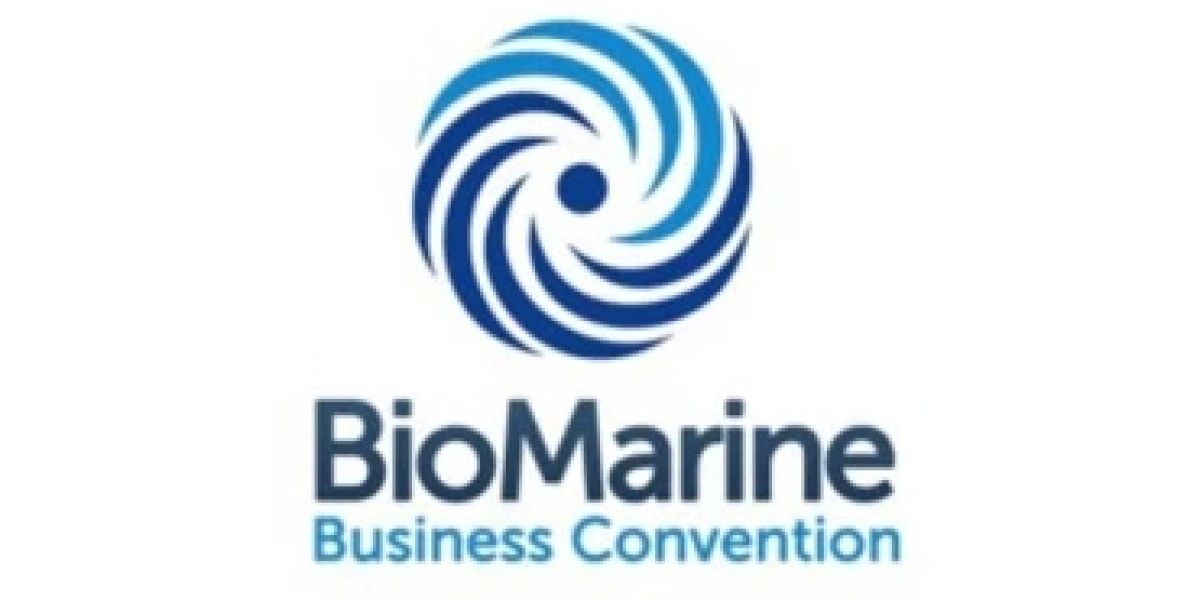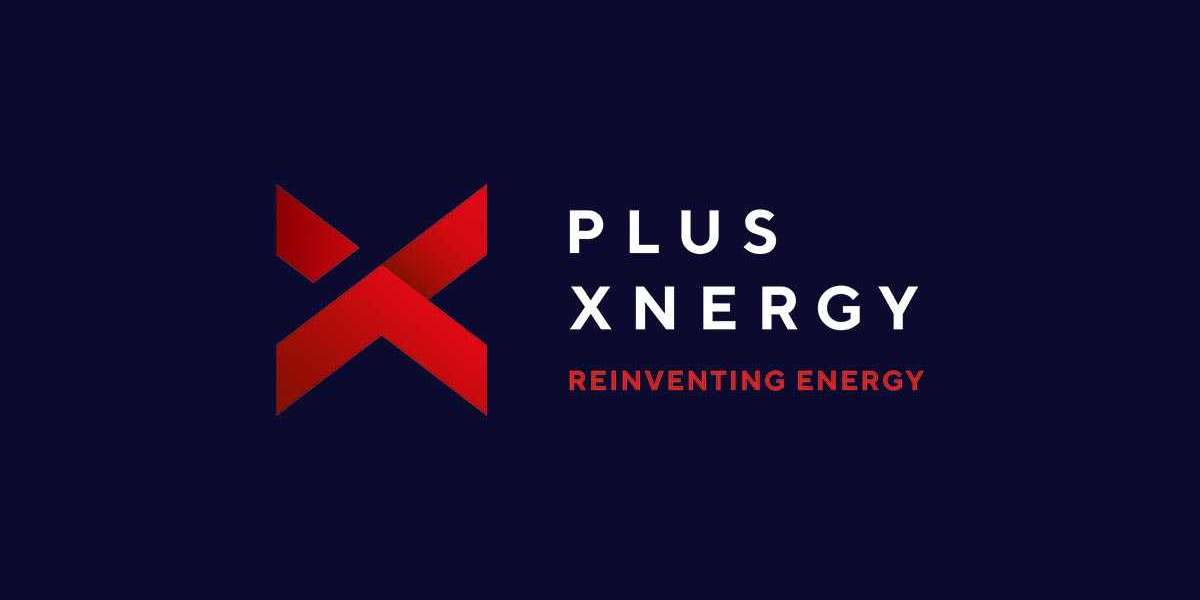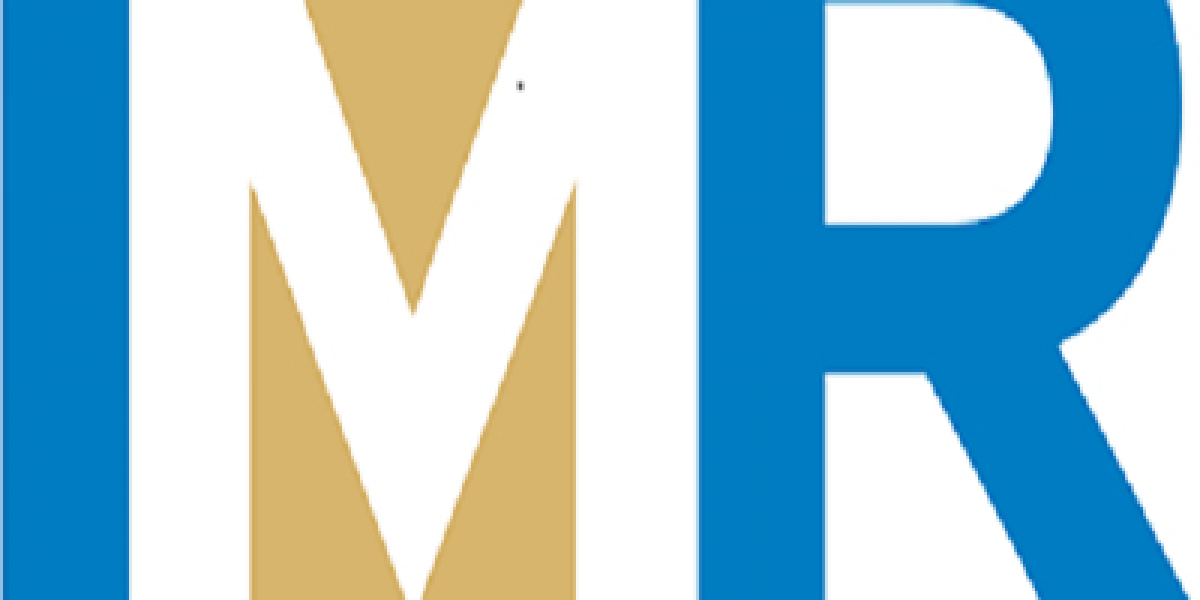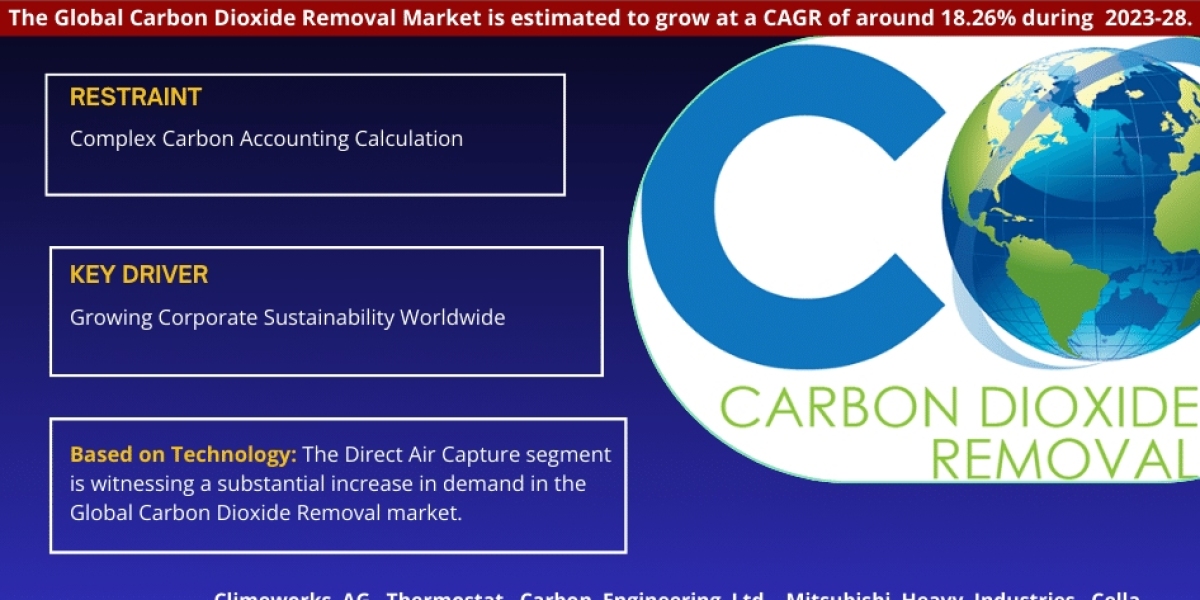The maritime and offshore industries play a pivotal role in global trade, energy production, and transportation. Ensuring the integrity and safety of marine and offshore structures is of paramount importance. Underwater inspection has emerged as a crucial aspect of maintaining these structures, ensuring their longevity, and mitigating potential risks. In this article, we will delve into the standards and practices associated with underwater inspection of marine and offshore structures.
Importance of Underwater Inspection:
Marine and offshore structures are exposed to harsh environmental conditions, including saltwater corrosion, biofouling, and impact from marine life. Over time, these factors can lead to structural deterioration, compromising the safety and efficiency of these installations. Underwater inspection provides a comprehensive approach to assess the condition of these structures without the need for costly and time-consuming dry-docking.
Standards Governing Underwater Inspection:
Several international standards govern the underwater inspection of marine and offshore structures. Notable among them are:
API RP 2A-WSD (American Petroleum Institute Recommended Practice 2A - WSD):
- Developed by the American Petroleum Institute, this standard provides guidelines for the design, fabrication, installation, and inspection of offshore platforms. It outlines the procedures for underwater inspection and emphasizes the importance of maintaining structural integrity in the challenging offshore environment.
DNV-RP-C203 (Det Norske Veritas Recommended Practice C203):
- Issued by DNV, a leading classification society, this document offers recommendations for underwater inspection of subsea production systems and offshore structures. It covers inspection planning, methods, and reporting requirements, ensuring a systematic and thorough evaluation.
IMCA (International Marine Contractors Association) Guidelines:
- IMCA has developed a set of guidelines for the underwater inspection of offshore facilities, pipelines, and subsea structures. These guidelines encompass a wide range of topics, including inspection techniques, safety considerations, and reporting standards.
Underwater Inspection Techniques:
Diver Inspection:
- Traditional diver inspections involve sending trained professionals into the water to visually inspect and assess the condition of structures. Divers use specialized equipment, including cameras and measurement tools, to gather data for analysis.
ROV Inspection (Remotely Operated Vehicle):
- ROVs are unmanned, remote-controlled vehicles equipped with cameras and sensors. They provide a safer alternative to diver inspections, especially in challenging environments or at great depths. ROVs can capture high-resolution images and videos for detailed analysis.
Ultrasonic Thickness Measurement:
- This technique involves using underwater sensors to measure the thickness of structural components. It is particularly useful for assessing the corrosion levels in steel structures, enabling timely maintenance and repairs.
Challenges and Future Trends:
Despite advancements in technology, underwater inspections face challenges such as limited visibility, harsh environmental conditions, and accessibility issues. Future trends in this field include the use of autonomous underwater vehicles (AUVs) and advanced sensing technologies to enhance the efficiency and accuracy of inspections.
Conclusion:
The underwater inspection of marine and offshore structures is a critical aspect of ensuring their safety, reliability, and longevity. Adhering to international standards and employing advanced inspection techniques, such as ROVs and ultrasonic measurements, facilitates a thorough assessment of structural integrity. As technology continues to evolve, the industry can expect further improvements in underwater inspection methodologies, contributing to the overall sustainability and safety of marine and offshore structures.









